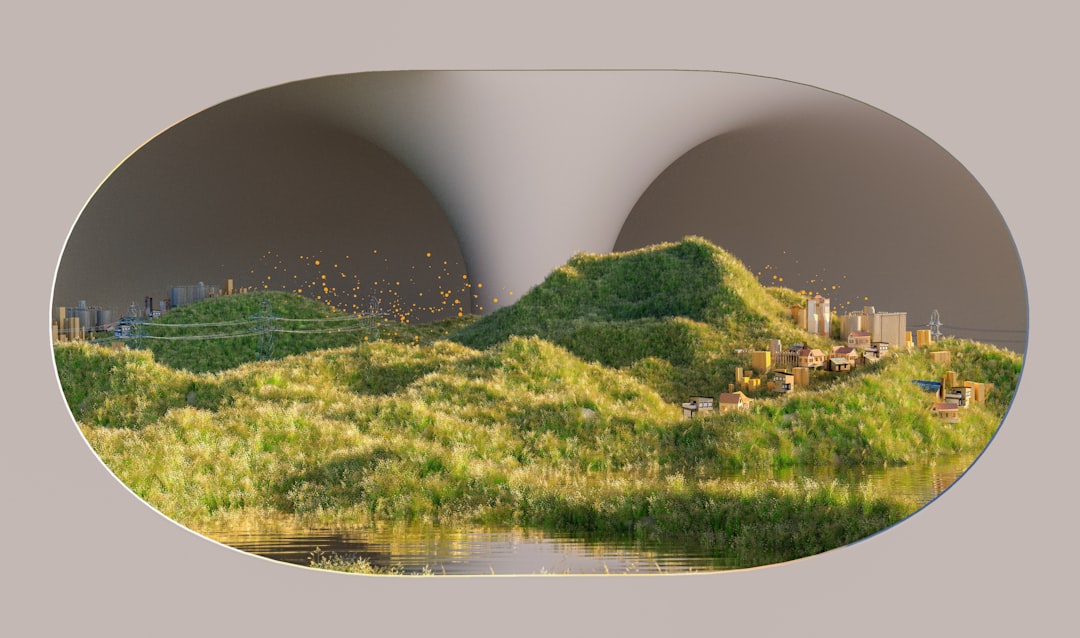What is it about?
With the development of ground- and space-based observation techniques of the upper atmosphere, the capability of monitoring the variation of the Earth's ionosphere is increased drastically. However, due to the lack of three-dimensional observations with a good coverage, reliable and well defined scheme is required for extracting three-dimensional snapshots of the Earth's ionospheric electron density. This work presents an advanced four-dimensional variational scheme NEDAM in the region of 60–20,000 km above the Earth's surface.
Featured Image

Photo by Robynne Hu on Unsplash
Why is it important?
It is usually a challenge for assimilative models to reproduce the ionospheric parameters such as the peak density height accurately during geomagnetic storms. The performance of NEDAM is validated against two ionosondes and COSMIC radio occultation observations during the September 2017 geomagnetic storm period. The critical frequency of F2-layer in NEDAM is much more accurate than that of NEDM with respect to the two ionosondes in the region of interests. The developed method will be applied in near real-time to space weather monitoring, GPS positioning and navigation, as well as to improve our understanding of the morphology and dynamics of the ionosphere.
Perspectives
The method proposed here has good potential to be operationally useful. In particular, work with physics-based forward models to extend the applications of the 4D var scheme would be exciting.
Dr Timothy Kodikara
dlr.de
Read the Original
This page is a summary of: The Four‐Dimensional Variational Neustrelitz Electron Density Assimilation Model: NEDAM, Space Weather, June 2023, American Geophysical Union (AGU),
DOI: 10.1029/2022sw003378.
You can read the full text:
Contributors
The following have contributed to this page










